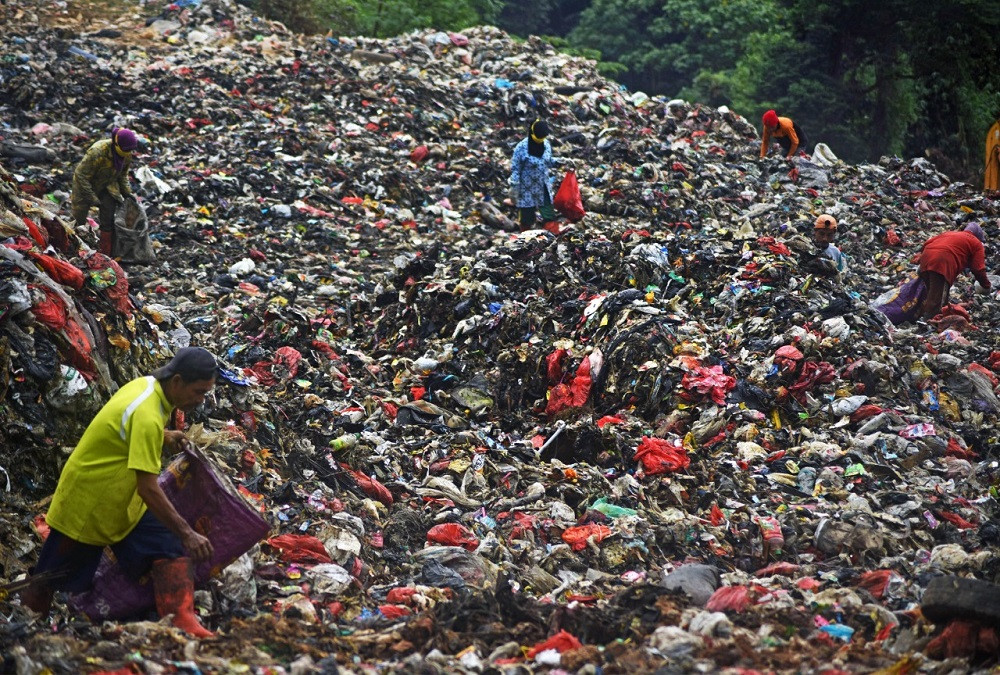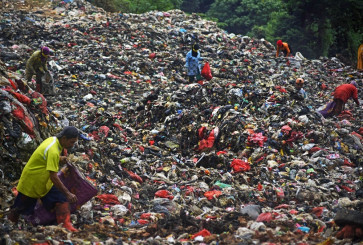Popular Reads
Top Results
Can't find what you're looking for?
View all search resultsPopular Reads
Top Results
Can't find what you're looking for?
View all search resultsZero waste: Buzz words or conceivable solid waste management?
Zero waste must be interpreted as the efforts at solid waste management that produce no waste disposed to a landfill site.
Change text size
Gift Premium Articles
to Anyone
T
his article was inspired by a tweet by respected journalist Goenawan Mohamad who questioned the Indonesian equivalent term for “zero waste”.
Zero waste have been buzz words since around the 2000s popularized by the zero waste alliance and primary lending agencies like the World Bank and Asian Development Bank and echoed relentlessly by NGOs and environmental promoters until today. It is perceived by some environmental grassroots as living without waste.
This incorrect reception is due to the catchy term zero waste needing explanatory words. Thus the complete phrase must read “zero waste in landfill sites”. No one can live without producing waste unless we are dead. Therefore, zero waste does not at all mean living without producing waste.
Zero waste must be interpreted as the efforts at solid waste management that produce no waste disposed to a landfill site.
Everyone has a love-hate relationship with landfill sites. We produce waste but refuse to live nearby a landfill site. This is acceptable since no one conceives landfill sites as pleasant places to live beside.
This love-hate relationship with the landfill site is described as “not in my backyard” (NIMBY). NIMBY has grown into a strong environmental issue due to limited land availability in urban areas, which generates social and environmental problems on site.
A city that manages conventional municipal solid waste requires a new landfill site as a final waste disposal site every 10-25 years, depending on the waste production and capacity of the landfill site. A landfill site requires at least 100,000 square meters of vacant land.



















